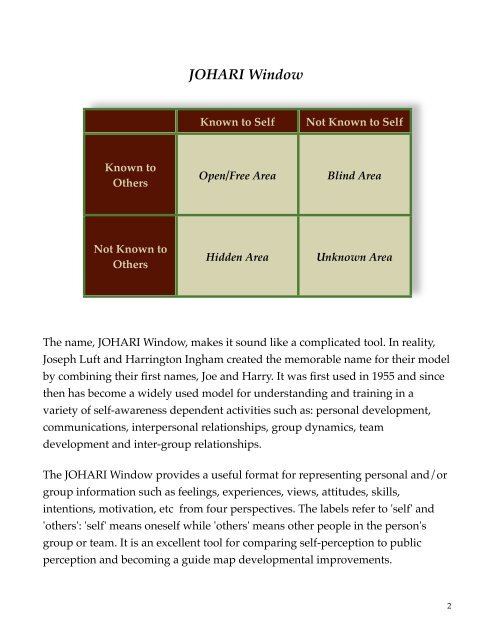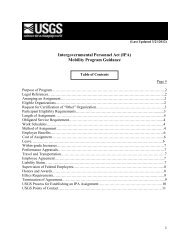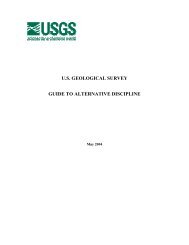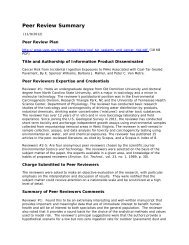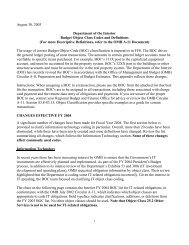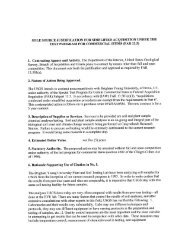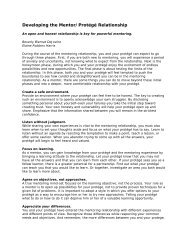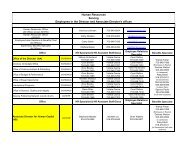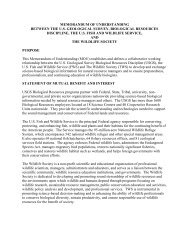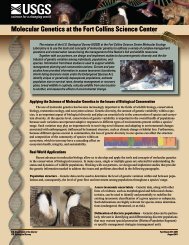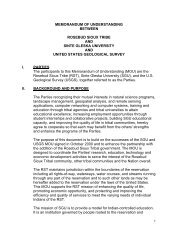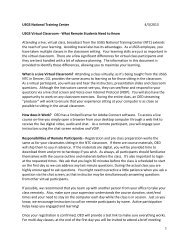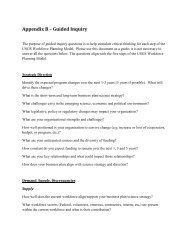JOHARI Window Workbook - the USGS
JOHARI Window Workbook - the USGS
JOHARI Window Workbook - the USGS
You also want an ePaper? Increase the reach of your titles
YUMPU automatically turns print PDFs into web optimized ePapers that Google loves.
<strong>JOHARI</strong> <strong>Window</strong><br />
Known to Self<br />
Not Known to Self<br />
Known to<br />
O<strong>the</strong>rs<br />
Open/Free Area<br />
Blind Area<br />
Not Known to<br />
O<strong>the</strong>rs<br />
Hidden Area<br />
Unknown Area<br />
The name, <strong>JOHARI</strong> <strong>Window</strong>, makes it sound like a complicated tool. In reality,<br />
Joseph Luft and Harrington Ingham created <strong>the</strong> memorable name for <strong>the</strong>ir model<br />
by combining <strong>the</strong>ir first names, Joe and Harry. It was first used in 1955 and since<br />
<strong>the</strong>n has become a widely used model for understanding and training in a<br />
variety of self-awareness dependent activities such as: personal development,<br />
communications, interpersonal relationships, group dynamics, team<br />
development and inter-group relationships.<br />
The <strong>JOHARI</strong> <strong>Window</strong> provides a useful format for representing personal and/or<br />
group information such as feelings, experiences, views, attitudes, skills,<br />
intentions, motivation, etc from four perspectives. The labels refer to 'self' and<br />
'o<strong>the</strong>rs': 'self' means oneself while 'o<strong>the</strong>rs' means o<strong>the</strong>r people in <strong>the</strong> person's<br />
group or team. It is an excellent tool for comparing self-perception to public<br />
perception and becoming a guide map developmental improvements.<br />
2


